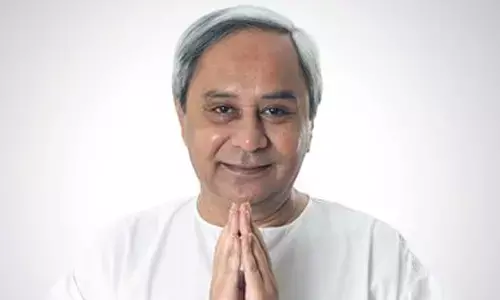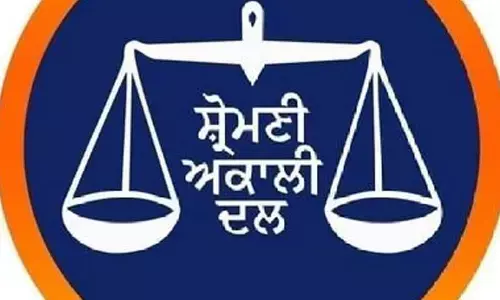Need To Avoid YouTube's Dangerous Vaccination Content And Misinformation Spread

For representational purpose
- Developing policy to combat medical disinformation comes with its own set of obstacles and compromises.
- Vaccines, especially, have sparked heated controversy throughout the years, despite constant health-care guidelines on their usefulness.
Developing policy to combat medical disinformation comes with its own set of obstacles and compromises. As new information emerges, scientific understanding advances, and direct, human experience frequently plays a significant role in online debate.
Vaccines, especially, have sparked heated controversy throughout the years, despite constant health-care guidelines on their usefulness.
There is a lot ofbroadening information in YouTube medical misinformation policy with additional recommendations on presently administered vaccines that have been licenced and validated by local health authorities and the WHO to be safe and efficacious.
Certain sorts of medical disinformation are already prohibited under Community Guidelines. Content that encourages hazardous remedies, such as claiming that drinking turpentine can cure ailments, has been removed for a long time. When COVID-19 first emerged, people built on these policies and collaborated with experts to create ten additional policies regarding COVID-19 and medical misinformation. They have banned over 130,000 videos since last year for breaking our COVID-19 vaccination regulations.
People learned a lot about how to establish and enforce sophisticated medical misinformation regulations at a large scale throughout this project. They sought to strike a compromise between their dedication to an open platform and the necessity to remove flagrant hazardous content in collaboration with health authorities.
The misconception regarding coronavirus vaccines has spilled over into vaccine misinformation in general, and it's now more critical than ever to broaden the work they initiated with COVID-19 to other vaccines.
Content that erroneously asserts that licenced vaccines are hazardous and cause chronic health problems, says that vaccines do not prevent disease transmission or contraction, or contains misinformation about vaccine ingredients will be deleted.
In formulating these regulations, they worked with local and international health groups and experts, much as they did with the COVID guidelines.
Due to the obvious significance of public debate and discussion in the scientific process, YouTube will remain to accept content about vaccine policies, new vaccine trials, and past vaccine strengths and weaknesses. Personal vaccination testimonies will be permitted as long as the video does not break any Community Guidelines or the channel does not have a history of promoting vaccine apprehension.
Next Story















